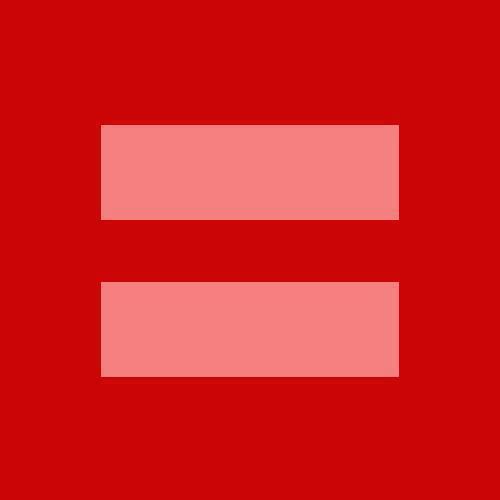Supreme Courts Around the World: the US Supreme Court faces up to equal rights
27 Wednesday Mar 2013
Laura Coogan News Articles
Share it
 The United States Supreme Court has been the centre of news in the US this week as it hears two cases relating to gay equality.
The United States Supreme Court has been the centre of news in the US this week as it hears two cases relating to gay equality.
Yesterday it heard submissions on the case of Hollingsworth v Perry. This case challenges the validity of Proposition 8, a measure which took away the right of gay couples to get married in California in 2008. In May 2008, the California court held that Californian statutes limiting marriage to opposite-sex couples were in breach of the California Constitution and same sex marriage became legal. Just months later, Proposition 8 came into force and it restored the previous position: once again opposite sex marriages were the only marriages that were lawful in California. The matter was brought before the Californian Supreme Court in 2009 in the case of Strauss v Horton, in which it was held that Proposition 8 was a lawful enactment (but that same sex marriages that occurred before it was introduced remained valid).
The case of Hollingsworth v Perry concerns, inter alia, whether the Equal Protection Clause of the Fourteenth Amendment of the Constitution of the United States prohibits the state of California from defining marriage as the union of a man and a woman. The challengers of Proposition 8 are, essentially, seeking a judgment which would provide that there is a fundamental right to enter into same sex marriages which would apply to every state in the country.
Commentators have suggested that the justices may not actually reach the constitutional question, and instead may focus on the other issue before the Court: the issue of standing. The plaintiffs in this appeal are supporters of Proposition 8, but are not public officials as the California state government declined to defend the case in the Supreme Court. If the justices hold that the plaintiffs do not have sufficient standing to take this case then they can dismiss it. This would result in Proposition 8 being abolished, but would have no wider implications for the Unites States as a whole.
Today the US Supreme Court heard the case of US v Windsor, in which the justices considered the Defense of Marriage Act (“DOMA”). DOMA defines marriage as between a woman and a man, which means that married gay couples do not receive the federal benefits that opposite sex married couples do under the Act (for example, in relation to tax benefits and immigration issues).
US v Windsor is a case brought by an 83 year old woman from New York who was denied an exemption on federal estate taxes that she had paid on her spouse’s estate. Her spouse was a woman, and they had married after being together for over 40 years. There are also issues of standing in this case, but it doesn’t raise the question of whether there is a fundamental right under the Constitution to gay marriage in the way that Hollingsworth v Perry does.
The reaction to the cases in the US indicates that the tides may be turning as regards support for same sex marriage and gay rights. Social media sites have been inundated with a red equals sign: on 25 March 2013, the LGBT rights advocacy group Human Rights Campaign posted a Facebook status update urging its followers to change their Facebook profile photograph to its official equal sign logo of a blue square and a yellow equals sign to pink and red colours. In less than 24 hours, the post had been shared more than 60,000 times. The Guardian reports that ten years ago, when Massachusetts became the first state to legalise gay marriage, 55% of Americans told pollsters that two men or two women had no right to marry, while only 37% favoured equality but that now the figures are very different: 58% of Americans now believe gay couples should be allowed to get married, with that figure rising to 81% among adults aged 18 to 29.
The judgments for both cases are expected in June this year. Please see our sister site SCOTUS blog for lots and lots more information on these cases.


